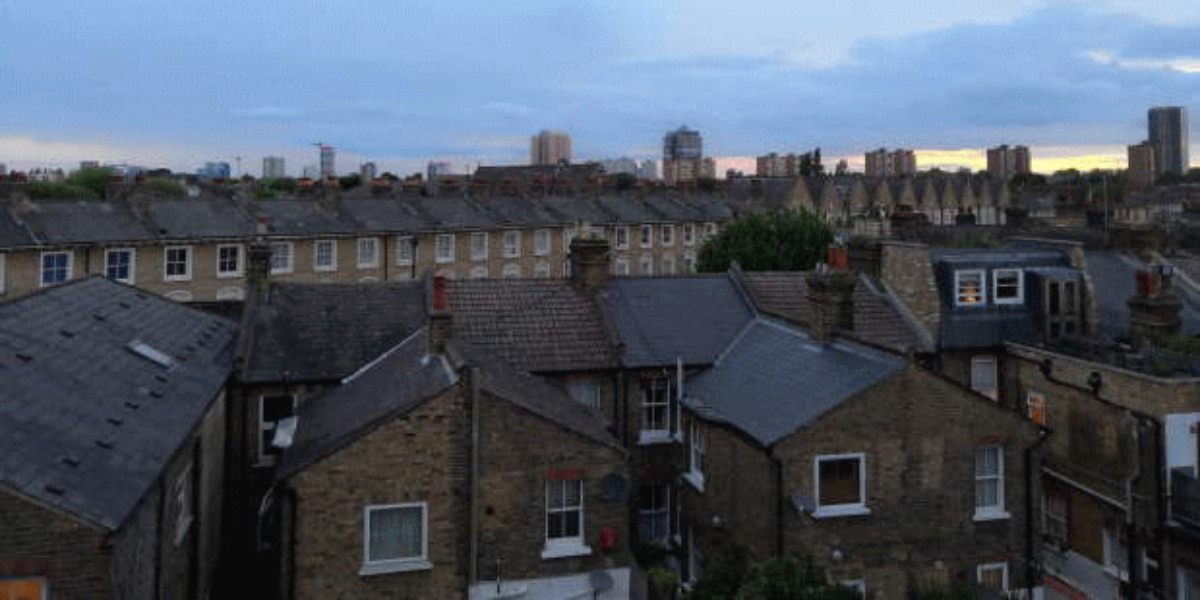According to a poll, the UK housing market grew well in March, with the number of homes listed for sale increasing amid concerns about rising living expenses and interest rates.
According to the Royal Institution of Chartered Surveyors’ (RICS) home market study, +8% of estate agents reported an increase in new listings, while +9% of respondents reported an increase in new buyer enquiries. This was the first time supply and demand have been so closely aligned since the outbreak began.
The number of agreed sales remained at +9% in February, indicating a sustained growth in transactions. The average number of properties on agents’ books, on the other hand, remained near historic lows. The numbers from RICS indicate the disparity between agents who report rises and those who report decreases.
Agents were cautiously optimistic about the future, with +16 percent anticipating activity to increase in the next three months and agents expecting volumes to remain relatively stable over the following year.
House prices continued to rise, with +74 percent of agents reporting rises, which is consistent with the previous year’s trend. The most significant rises were in Northern Ireland, Wales, and northern England.
Despite concerns about greater living costs and expected interest rate hikes to combat inflation, respondents predict prices to continue to rise over the next three and twelve months.
In the rental market, landlord instructions increased for the first time since July 2020, yet demand continues to surpass supply, implying that rents would rise.
RICS’ head economist, Simon Rubinsohn, stated: “Despite mounting concerns about both the macro environment and the war in Ukraine, for now the feedback to the RICS survey shows the housing market remains resilient. Rising interest rates have begun to push up the cost of mortgage finance but debt servicing remains low in a historic context which helps to explain why the new buyer enquiries indicator remains in positive territory.”
During the pandemic, the UK housing market exploded, owing to a temporary reduction in stamp duty and households reevaluating their property demands in light of the opportunity to work from home.
Although activity has slowed since the peak in 2021, many observers have been shocked by how active the market has remained.
According to Rubinsohn: “It is encouraging that a little more stock appears to be returning to the market. This is still early days in that inventory remains not far off historic lows but if the trend continues, it could help to create a better balance between supply and demand. That said, there is little evidence of this outcome materialising in the 12-month metrics which continue to point to further increases in prices and a flatter pattern in transactions.”
For the latest Business News Follow BOL News on Google News. Read more on Latest Business News on oldsite.bolnews.com

















